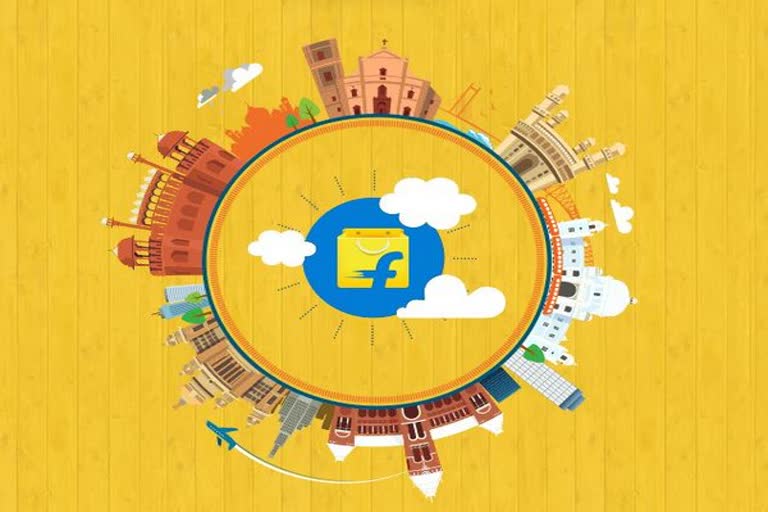Bengaluru: E-commerce marketplace Flipkart said on Friday it witnessed a new user growth of close to 50 per cent right after the lockdown with tier 3 regions registering the highest growth of 65 per cent during the 'unlock' (July to September) phase.
Consumers from tier 2 and tier 3 regions also spent the most time on the platform, signalling a continuing rise in user engagement and a shift in shopping preferences.
Unified Payments Interface (UPI) adoption on the Flipkart platform increased nationally by 4.5 times from January to August with Maharashtra taking the lead with a 5.2 times growth.
Andhra Pradesh, Telangana, Kerala, Karnataka and Tamil Nadu were the other states that were at top of the list for UPI adoption on the Flipkart platform.
At the same time, Flipkart saw close to 35 per cent increase in sellers onboarded in 2020 in comparison to the same period last year.
These sellers came from tier 2 and tier 3 regions like Tirupur, Howrah, Zirakpur, Hisar, Saharanpur, Panipat and Rajkot and primarily catered to categories such as household needs, women's ethnic wear, grooming, home decor, toys and school supplies.
Besides, the term 'essentials' received a whole new interpretation as consumer needs evolved dynamically throughout the year.
Moving beyond what was previously perceived as critical goods, the definition has now shifted to include daily items that a consumer needs not just for food or health, but also for work and even remote learning.
Read more: FICCI suggests infra push, rationalising of GST slabs in FY22 budget
Pre-COVID, the most searched products included personal care, men's clothing, footwear and women's clothing. During the lockdown, food and nutrition, household, toys and audio products witnessed the highest demand.
As more consumers joined the e-commerce bandwagon this year, a growing preference to shop in their local language was seen. This year, the adoption of native languages saw a 2.5 times increase from pre-COVID to the festive period (January to November).
Rajneesh Kumar, Chief Corporate Affairs Officer, Flipkart Group, said the company's efforts continue to be dedicated to making e-commerce inclusive for every customer, irrespective of where they are located.
"Flipkart's purpose has been elevated this past year as we continue to play an important role in ensuring the safe delivery of products to consumers' doorsteps through a safe and sanitised supply chain. The emergence of 'new essentials' has seen the creation of greater opportunities and partnerships on our marketplace," he said.
Flipkart now has a registered customer base of over 30 crore, offering over 15 crore products across 80-plus categories.
(ANI)



